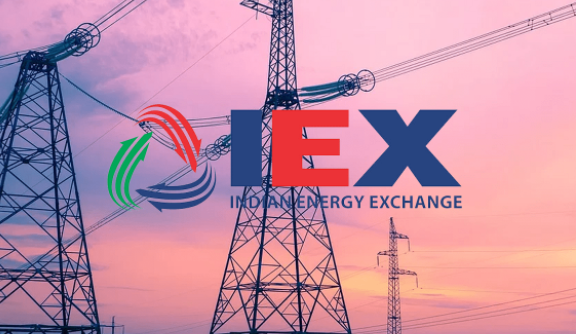KATHMANDU: In a pivotal development, the Nepal-India Power Exchange Committee (PEC) has finalized the per-unit rate for electricity imports and exports, tailored to the structure of the transmission lines. The decision, reached during a meeting convened on March 11, is poised to significantly impact cross-border energy trade between the two nations.
According to the Nepal Electricity Authority, the agreed-upon rate of 7.98 Bharu (equivalent to 12 Rupees 77 Paisa) per unit for the year 2024, facilitated through the 132 KV transmission line, represents a cost-effective alternative to the Indian Energy Exchange Limited’s (IEX) day-ahead and real market prices.
Chandan Kumar Ghosh, spokesperson for the authority, emphasized the competitiveness of the newly established rate compared to IEX, attributing the disparity to the rising costs within the Indian market.
The capacity of the transmission lines enables the import of 350 megawatts of electricity from Bihar and 80 megawatts from Uttar Pradesh.
However, uncertainties persist regarding the availability of electricity from these provinces in accordance with the transmission structure. Despite this, the authority has consistently imported more electricity from Bihar compared to other states.
The meeting also deliberated on the price of electricity exchange via the 33 KV transmission line, setting it at IC 8.65 (equivalent to 13 Rupees 84 Paisa) per unit. This concerted effort aims to ensure flexibility in Nepal’s electricity procurement and export processes, aligning with the nation’s energy security objectives.
However, challenges have emerged in the backdrop of India’s recent decisions affecting the bilateral energy trade landscape. Disagreements over pricing structures and coal tariffs have strained relations, leading to disruptions in electricity exports from Bihar. Nepal’s reliance on cross-border electricity trade underscores the importance of resolving such issues through constructive dialogue and diplomatic channels.
To mitigate risks associated with external dependencies, the Nepal Electricity Authority is strategically diversifying its energy mix, leveraging domestic resources to meet peak-hour demand.
Plans to optimize reservoir and semi-reservoir projects, including Kulekhani and several hydropower ventures, reflect a proactive approach toward bolstering domestic energy security.
Despite uncertainties surrounding permit renewals and import quotas, Nepal remains committed to fostering sustainable energy partnerships with India while bolstering its indigenous energy capabilities.
As both nations navigate the evolving energy landscape, collaborative efforts and mutual cooperation will be pivotal in ensuring a resilient and reliable power supply for the region.

